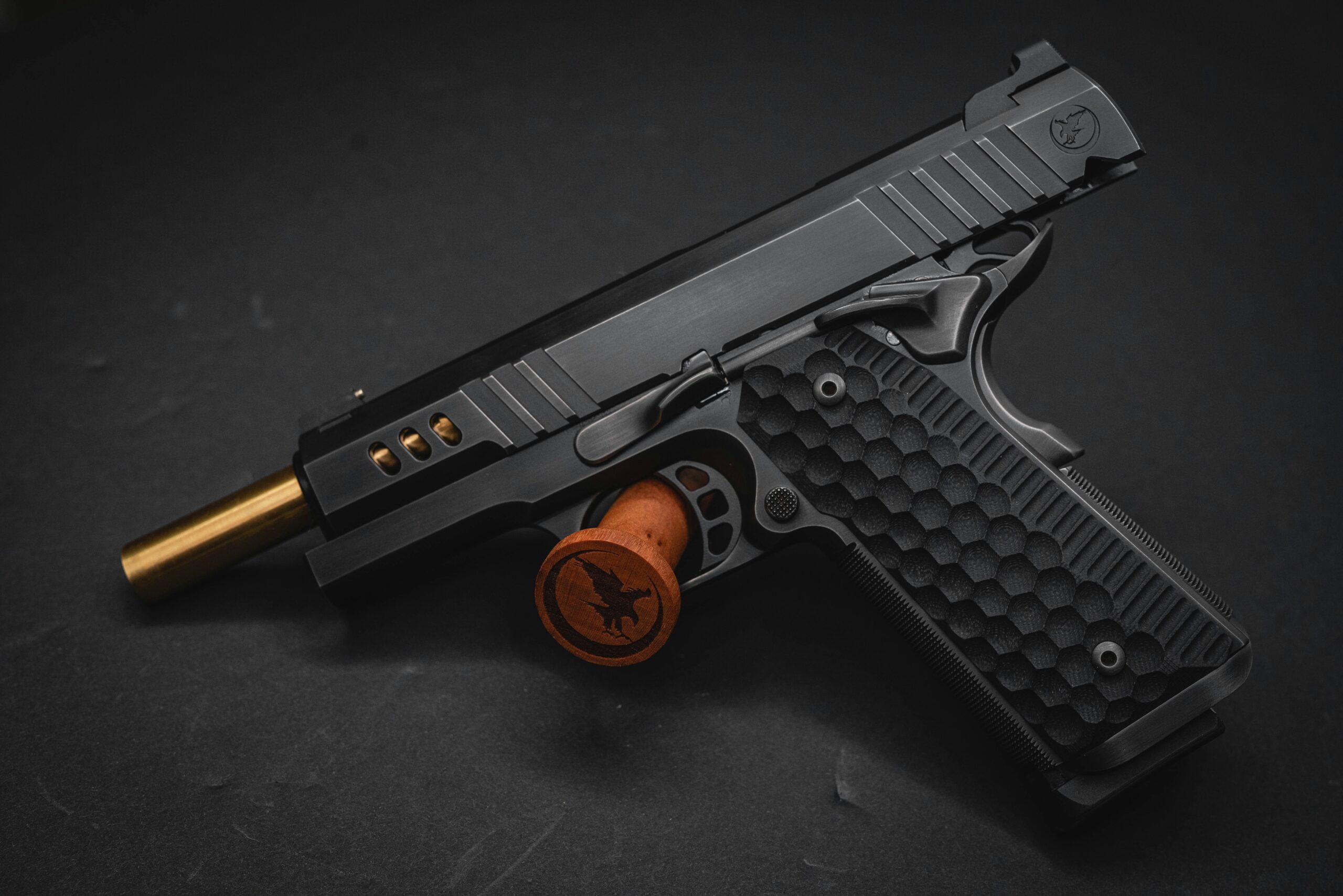Have you ever wondered about the compatibility of military optics and laser aiming devices? The combination of these technologies can significantly enhance the accuracy and effectiveness of modern military operations. While each system offers unique advantages, the real magic happens when they’re combined, providing military personnel with a significant edge.

Understanding Military Optics
Military optics refer to the visual devices used to improve a soldier’s precision and effectiveness in the field. These include a wide array of devices like scopes, binoculars, night vision goggles, and thermal sights. Each device is designed to enhance vision in various conditions, making them crucial tools for the military.
Types of Military Optics
Military optics come in various forms, each with specialized functions and features. Understanding these categories will give you a clearer picture of how they work and their importance.
Rifle Scopes
Used primarily on firearms, rifle scopes magnify the target, making it easier to aim and shoot accurately. These devices are often equipped with reticles or crosshairs to aid in precise aiming.
Night Vision Goggles
These optics use image intensification technology, allowing soldiers to see in low-light conditions. By amplifying available light, they offer a significant advantage during night-time operations or in dark environments.
Thermal Imaging Devices
Unlike night vision goggles, thermal imaging devices detect heat emitted by objects. This technology is particularly useful for spotting enemies hidden behind obstacles or in camouflage.
Binoculars
Offering both magnification and depth perception, military binoculars enhance visual clarity over long distances. They are essential for reconnaissance missions and tactical planning.
Laser Aiming Devices Explained
Laser aiming devices project a laser beam onto a target, offering a visual indicator of where a weapon is pointed. These devices are popular for their simplicity and effectiveness in improving shooting accuracy.
Types of Laser Aiming Devices
Different types of laser aiming devices are integrated into military operations, each serving distinct needs and applications.
Visible Laser Sights
These devices emit a beam of light visible to the human eye, helping shooters to quickly align their weapon with their target. They are particularly advantageous in fast-paced situations where every second counts.
Infrared Laser Sights
Only visible through night vision goggles, infrared laser sights are ideal for covert operations. They allow soldiers to aim accurately without signaling their position to the enemy.
Combining Military Optics and Laser Aiming Devices
The integration of military optics with laser aiming devices creates a powerful combination that enhances the capabilities of soldiers in various operational scenarios. But how exactly do these technologies work together?
Enhanced Target Acquisition
By combining optics and laser technology, soldiers benefit from improved target acquisition. The magnification from optics ensures clear sight, while the laser provides an exact aiming point, resulting in quicker and more precise target engagement.
Increased Accuracy
Accuracy is critical in military operations. Military optics allow for enhanced visual clarity, and when paired with a laser aiming device, they reduce aiming errors. As a result, shots are more accurate, minimizing collateral damage and accomplishing mission objectives efficiently.
Versatility in Different Environments
Both technologies provide versatility across various terrains and conditions. Whether it’s a bright, sunlit day or a pitch-black night, military optics together with laser devices ensure that soldiers are equipped to handle any situation.
Practical Applications
The combination of military optics and laser aiming devices finds applications in numerous military missions and tasks. Understanding their real-world application can shed light on their importance in modern warfare.
Sniper Operations
In sniper missions, precision is paramount. Combining high-powered scopes with laser aiming devices allows snipers to engage targets at long distances with remarkable accuracy, positively affecting mission success rates.
Close Quarters Combat
In fast-paced, close-range encounters, such as urban combat, the speed and accuracy provided by laser sights are invaluable. The additional magnification from optical devices aids in identifying targets quickly, crucial for split-second decisions.
Reconnaissance and Surveillance
Optics play a crucial role in reconnaissance and surveillance operations. When combined with laser devices, they enhance the ability to identify and communicate about targets over long distances, supporting strategic decision-making and tactical coordination.

Technological Considerations
As with any technological advancement, there are technical considerations and challenges in combining military optics with laser aiming devices.
Compatibility
Ensuring compatibility between optics and laser devices is crucial. Not all optics are designed to accommodate laser attachments, and vice versa. It requires careful selection and sometimes customization to ensure seamless integration.
Power Supply
Both optics and laser devices depend on power to function. Considerations around battery life and power consumption are important. Military operations often require extended use of devices, so efficient power management is critical.
Weight and Ergonomics
The addition of multiple devices can affect the weight and balance of a soldier’s equipment. It’s important to consider ergonomics and ensure that the combined use of these devices does not impede mobility or increase fatigue.
The Future of Military Optics and Laser Technologies
As technology evolves, so too will the capabilities of military optics and laser devices. Looking ahead, several trends and advancements are poised to shape the future of these technologies.
Integration of Augmented Reality
Augmented reality (AR) is expected to play a significant role in the future of military optics. Imagine a heads-up display integrated with both optical and laser tech, providing real-time data and enhancing situational awareness. This integration promises to transform how soldiers perceive and interact with their environment.
AI and Machine Learning
The incorporation of artificial intelligence and machine learning algorithms into military optics may lead to intelligent targeting systems. Such systems could assist in threat detection, target prioritization, and adaptive reticle adjustment, further advancing accuracy and efficiency.
Miniaturization and Durability
Ongoing advancements in miniaturization and robust materials are likely to result in more compact, lightweight, and durable devices. This will minimize the burden on soldiers while maintaining, or even enhancing, device performance.

Conclusion
So, can military optics be used in conjunction with laser aiming devices? Absolutely! While each technology offers substantial advantages on its own, their combination plays a pivotal role in modern military operations, enhancing precision, accuracy, and effectiveness. As technology evolves, this inseparable duo continues to offer new possibilities, pushing the boundaries of what’s possible in the field.
